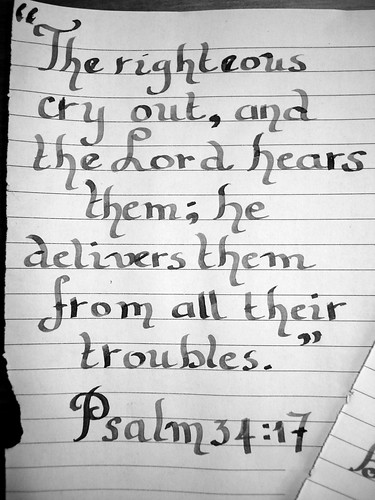
 )
)I was reminded recently that just about two years ago, I wrote about the centenary of the 1918-1919 influenza pandemic. While it had no definitive start or end date that can be commemorated the way we mark the end of World War I by observing Veterans’ Day or Armistice Day, it seemed no less significant or worthy of remembering. Now, two years later, we are in the midst of another global pandemic of a respiratory virus. I think maybe this time we might benefit from a look forward instead.
We are now roughly 8 months from mid March, when much of the United States significantly reorganized how we work, learn and play. Mitigation strategies have varied in the time since, but there is no doubt that reducing in-person interactions and wearing masks have saved lives by preventing people from ever getting sick. Further lives have been saved by a better understanding of how to treat COVID-19 and associated disregulation of the immune system. So if we look ahead 8 months to mid July 2021, we can expect even more lives to be spared if we continue mask-wearing and other mitigation strategies. Our public health accounting more readily identifies those who have been impacted negatively, and I don’t want to minimize that toll. I just think we have the capacity to both mourn the losses and give thanks for those who have been spared.
Given the positive news about vaccine development this week, we can also anticipate that in 8 months from now, tens of millions of Americans and many more around the world will have received doses of a safe and effective vaccine. Likely some lives will already have been saved by vaccines, with more to follow. The announcement of preliminary findings should certainly be taken with a grain of salt, given that it comes via press release and not a publication accompanied with a full data release. Both of those will almost certainly come in the next few weeks, once the full window for safety monitoring has elapsed and the trial is deemed complete. Still, with the level of attention and scrutiny to come, and with public skepticism of vaccines high, Pfizer and BioNTech have to be fairly confident that this announcement will be consistent with the final results. Thus, I think guarded optimism is within the bounds of reasonability.

 )
)If the Pfizer/BioNTech vaccine is deemed safe and effective in the final analysis, and/or if one or more of the candidates currently completing their phase III trials is successful, Operation Warp Speed will engage its distribution plans. 60 Minutes ran a segment on the project over the weekend. The US military has plenty of logistical experience, as do its private partners like FedEx. While no plan survives contact with reality completely intact, I found it encouraging to hear discussion diving into granular details like delivering dry ice to the US Virgin Islands so they can maintain the cold chain needed to preserve the vaccine until administration. Manufacturing won’t be completed all at once, and depending on demand there may be local bottlenecks limiting how many people per day can get a dose in a given community. But the Moderna vaccine uses a similar RNA vaccine approach to the Pfizer/BioNTech product, so it is likely to have a similar safety and efficacy profile which would be a plus for manufacturing throughput.
In all of this discussion, I don’t want to minimize how long and challenging the past 8 months have been and the next 8 months are likely to be. And none of the above should be considered certain. At the same time, I do think the broad timeline is plausible based on what we know so far. And I think we are at a point where some optimism and a vision for how to get through the days ahead could be useful. It may seem that I am putting my hope in men and in science. I would say that my confidence is science stems from a belief that God intended for the world to be comprehensible and for us to comprehend it, so that we could understand the usefulness of masks and could develop technology like vaccines. In doing so, we fulfill our first commission to exercise dominion over creation and obey one of our greatest commandments, to love our neighbors.
Andy has worn many hats in his life. He knows this is a dreadfully clichéd notion, but since it is also literally true he uses it anyway. Among his current metaphorical hats: husband of one wife, father of two teenagers, reader of science fiction and science fact, enthusiast of contemporary symphonic music, and chief science officer. Previous metaphorical hats include: comp bio postdoc, molecular biology grad student, InterVarsity chapter president (that one came with a literal hat), music store clerk, house painter, and mosquito trapper. Among his more unique literal hats: British bobby, captain’s hats (of varying levels of authenticity) of several specific vessels, a deerstalker from 221B Baker St, and a railroad engineer’s cap. His monthly Science in Review is drawn from his weekly Science Corner posts — Wednesdays, 8am (Eastern) on the Emerging Scholars Network Blog. His book Faith across the Multiverse is available from Hendrickson.

Leave a Reply